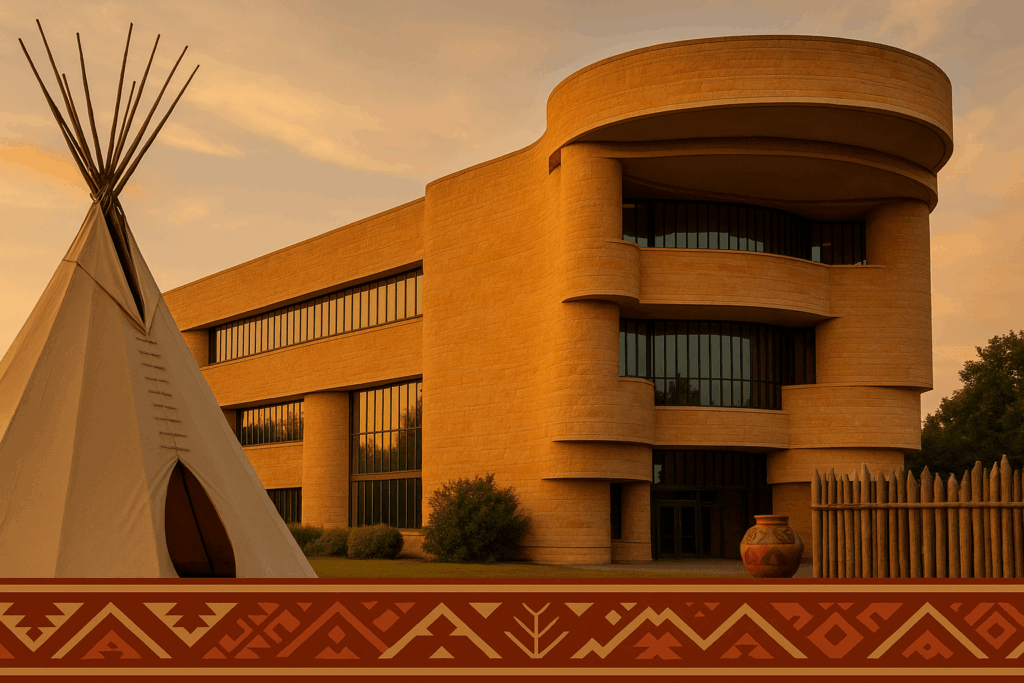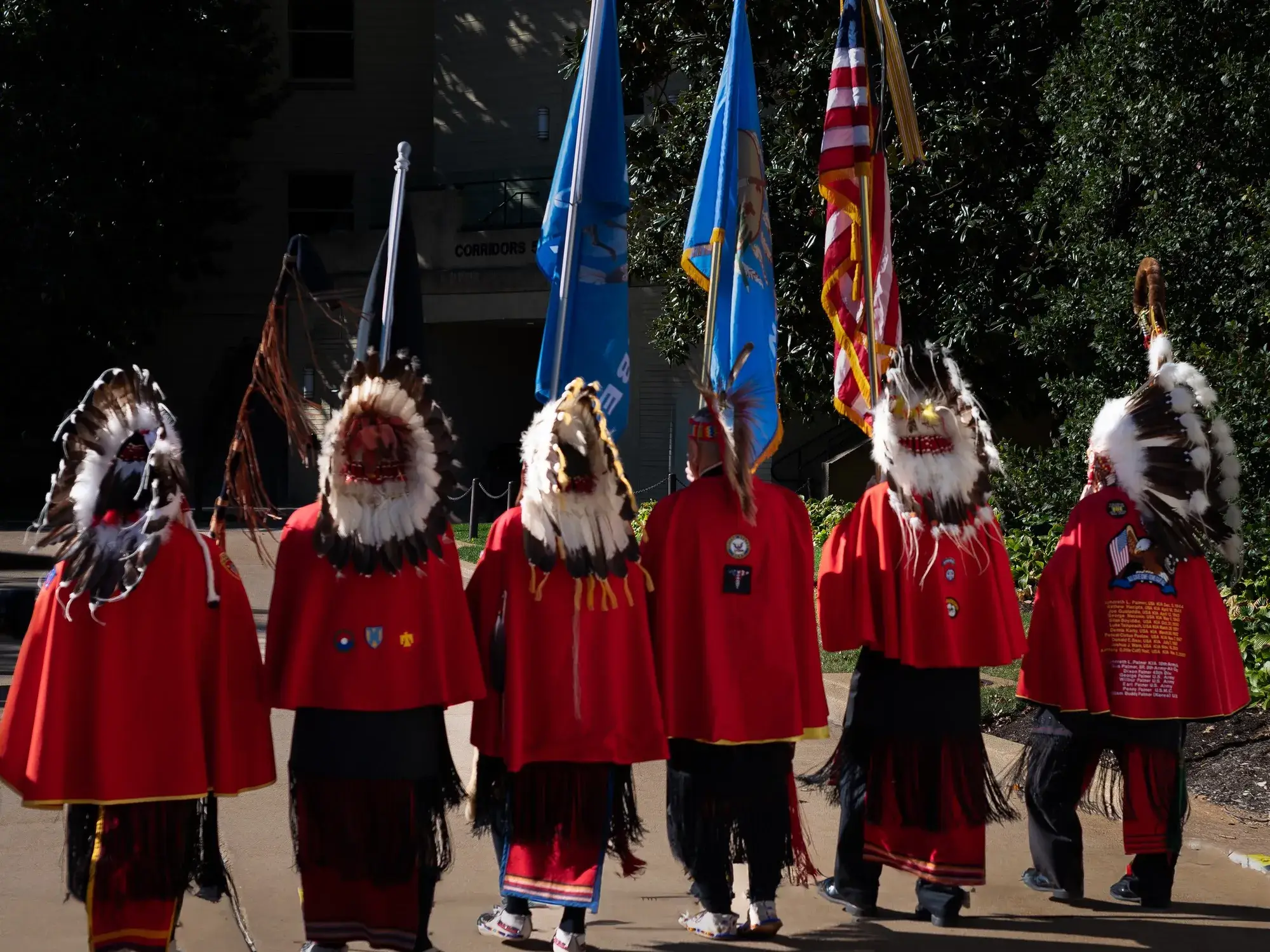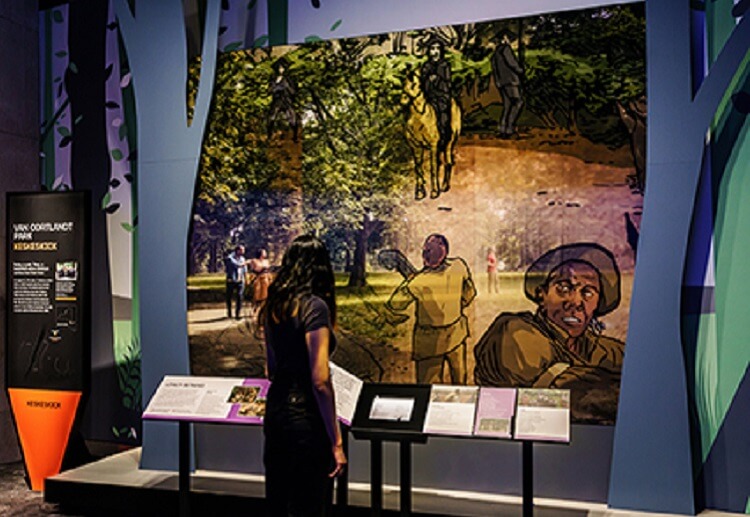
Native Tribes of America: Heritage, Culture & Thriving Economies Today
From the Blackfoot Indian Tribe to the Cherokee, Apache, Navajo, Sioux, Creek, Menominee, Mohawk, Shawnee, Choctaw, Comanche, and countless others, American Indian tribes have long been the heartbeat of this land.
Each name — whether it’s the Coquille Indian Tribe, Saginaw Chippewa Indian Tribe, or Seminole Indian Tribe — carries a rich story, a legacy of survival, and a living culture that continues to evolve.
If you’ve ever wondered “which of the following is an American Indian tribe?” or tried to explore a complete Indian tribe map, you’re tapping into centuries of resilience. These tribes have withstood waves of colonization, wars, and attempts at erasure.
Today, they stand stronger than ever, driving powerful new chapters in their economic and cultural story.
Keeping Traditions Alive: Museums, Arts & Heritage
Across the country, American Indian museums like the National Museum of the American Indian in DC or NYC, the Mitchell Museum of the American Indian, and countless local tribal centers, honor Native artistry and keep traditions vibrant.
From intricate tribal tattoos to beadwork, pottery, and modern digital art, Native creativity is boundless.

Image source: americanindian.si.edu
Celebrations & performances:
Powwows, dance gatherings, and American Indian Heritage Month events celebrate Native pride and educate the wider community.

Image source: americanindian.si.edu
Museums & cultural centers:
Share the stories behind tribal names, traditional dwellings, and war histories like the American Indian wars.

Image source: americanindian.si.edu
Whether it’s tribal tattoos for men, neo-tribal patterns, or contemporary canvas work, Native design is both timeless and trendsetting.
Thriving Native Economies: Diverse Engines of Tribal Prosperity
Casinos & Gaming Enterprises
When people think of tribal economies, the first image is often casinos — and for good reason. Across the U.S., from Cherokee to Seminole lands, gaming operations have fueled massive tribal revenues. These casinos aren’t just about entertainment; they help fund healthcare facilities, schools, police departments, and vital infrastructure on reservations. For many nations, gaming has become a cornerstone for exercising tribal sovereignty and achieving self-sufficiency, supporting not only the richest Indian tribes in Oklahoma but also countless smaller communities nationwide.
Ranching, Farming & Forestry
The ranching, farming, and forestry sectors remain deeply tied to Native stewardship of the land. Tribes like the Ute Indian Tribe and the Paiute Indian Tribe of Utah manage expansive cattle operations, while others cultivate traditional crops like corn and wild rice. Forestry is equally important, with Native nations overseeing sustainable logging and reforestation projects. These efforts maintain ancient relationships with the land and provide steady employment and food security for tribal members.
Energy & Resource Development
Tribes across the U.S. have harnessed their energy and mineral rights to drive economic growth. From oil and gas fields on Blackfeet and Fort Mojave lands to new solar and wind installations on Navajo and Crow territories, tribes are major players in America’s energy landscape. This sector isn’t just about profits — it’s about self-determination and using natural resources to build long-term wealth and invest back into community needs.
Tribal Lending & Finance
In the financial world, many tribes have established tribal lending enterprises offering installment loans, payday loans, and lines of credit, even targeting customers with bad credit. Thanks to tribal sovereignty, these lending businesses can operate under tribal law rather than state restrictions, providing critical revenue streams. From tribal loans direct lenders to fintech partnerships, this industry has become a significant modern engine for tribes to diversify income beyond casinos and agriculture.
Real Estate & Construction
Native nations like the Muckleshoot, Menominee, and Delaware have embraced large-scale real estate and construction projects, developing hotels, shopping centers, industrial parks, and even urban apartment complexes. By leasing land and managing commercial properties, tribes generate recurring income while creating jobs for both Native and non-Native workers. Many also have their own construction companies, building everything from local housing to regional infrastructure.
Tourism, Parks & Adventure Experiences
Tribal tourism has blossomed as travelers look for authentic, meaningful experiences. From the majestic Monument Valley Navajo Tribal Park to canoe tours offered by Pacific Northwest tribes, visitors can explore landscapes rich with Native history. Many tribes host guided hunting or fishing trips, cultural demonstrations, and overnight stays that invite guests to learn firsthand about traditions and land stewardship.
Retail & E-Commerce Enterprises
Modern Native artisans are taking their work global through online stores and local galleries. From tribal art and jewelry to gourmet foods like bison jerky and wild rice, Native businesses blend heritage with savvy marketing. You’ll find everything from traditional tribal clothing to contemporary home décor crafted by Native-owned brands, supporting families and communities while keeping cultural practices alive.
Media, Marketing & Technology
Today’s tribal economies also stretch into media, marketing, and technology startups. Native filmmakers, podcast producers, digital ad agencies, and coding teams are sharing Indigenous perspectives and creating new digital products. It’s common to see a tribe investing in broadband infrastructure, e-commerce logistics, or tech incubators aimed at training the next generation of Native software engineers.
Health & Community Enterprises
Many tribes have reinvested revenues into health and wellness, establishing tribal clinics, behavioral health centers, and programs blending Western medicine with traditional healing. Some operate holistic wellness retreats on tribal lands, offering experiences grounded in Indigenous knowledge. These ventures not only improve community health outcomes but also attract visitors seeking authentic healing practices.
Environmental Stewardship & Restoration
A growing segment of tribal economies centers on environmental services. Tribes contract out wildfire crews, run restoration projects to restore salmon and bison populations, and offer traditional ecological knowledge (TEK) consulting for governments and corporations. These initiatives honor ancestral roles as stewards of the land while generating income and strengthening cultural ties.
Preserving Identity & Teaching The Next Generation
Tribal nations continue to shape their future through education, governance, and cultural revival:
American Indian College Fund
Helping students from tribes like the Delaware, Nooksack, Pamunkey, and Cowlitz attend university.
Language & knowledge
Many tribes run immersion programs to keep languages alive, sharing what is known as tribal knowledge with youth.
Health initiatives
From clinics on reservations to urban centers like the San Diego American Indian Health Center.
Explore, Learn & Support Native Futures
Whether you’re searching for “Indian tribe names,” curious about “the meanest or most feared Indian tribe” from old legends, or want to know “what Indian tribe scalped the most” (often an exaggerated stereotype), the real stories are far more complex and human.
American Indian tribes today are communities of artists, entrepreneurs, scientists, teachers, farmers, coders, and leaders — all shaping a powerful modern identity while honoring ancient roots.
Find Your Connection
- Visit an American Indian museum or attend a local powwow.
- Support Native-owned businesses or buy directly from tribal cooperatives.
- Read about heroes of the American Indian Movement, the impact of the American Indian Citizenship Act, and landmark court rulings that uphold sovereignty.
Quick Facts & Questions Answered
Name one American Indian tribe in the United States.
Cherokee, Navajo, Apache, Sioux, Blackfoot — the list is long and inspiring.
Which of the following is an American Indian tribe?
All of the above! From the Seneca Indian Tribe to the Nansemond, Quechan, and Narragansett.
Are tribal loans real?
Yes — many tribes operate sovereign lending enterprises offering tribal installment loans, payday loans, and other financial products.
What’s the richest Indian tribe?
Depends on how you measure — some of the Oklahoma tribes, like the Chickasaw or Choctaw, have large gaming revenues. Others profit from natural resources.
Let This Be Your Start
Dive deeper into the incredible world of Native American tribes. Their economies, artistry, leadership, and unbroken spirit offer stories far beyond the textbook. Here, we honor every name — from the Chippewa, Miami, Crow, and Delaware, to the Kenaitze and Tejon — as living nations shaping tomorrow.




